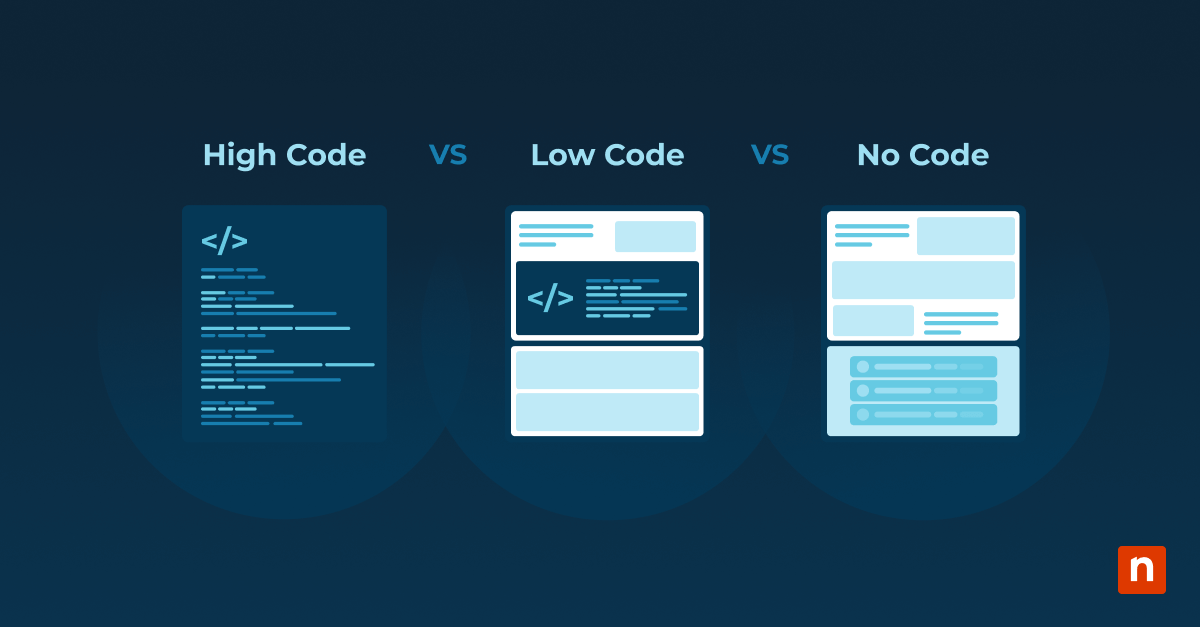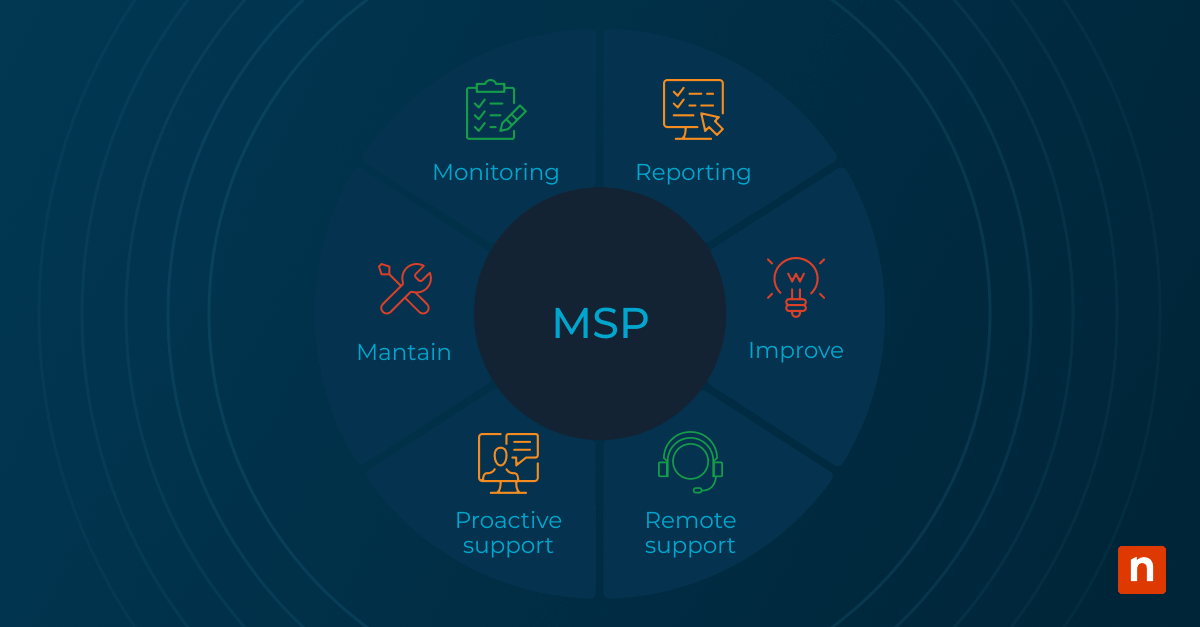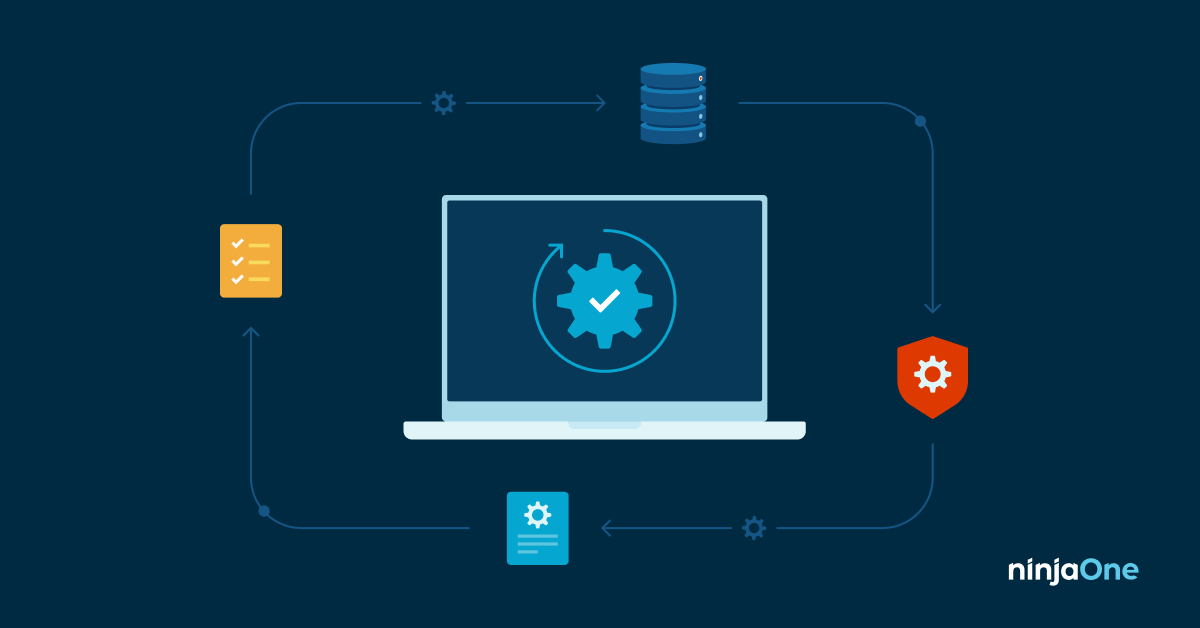Service Level Agreements (SLAs) are instrumental to the modern MSP business. Establishing expectations with clients is the first step to delivering valuable services and maintaining a positive client experience.
In this article, we’ll discuss the key metrics to include in an SLA document as well as best practices for SLA contracts. With this knowledge, you’ll be able to create the most comprehensive SLAs in 2022 and beyond.
What this article will cover:
- What are service level agreements?
- Why are SLAs important to MSP client relationships?
- What factors are included in an SLA?
- How MSPs can maintain a high level of service
What is an SLA?
A service level agreement (SLA) is a legally binding contract between the managed IT service provider and their client that outlines the terms and agreements of their relationship. The SLA applies to the entire duration of the contract — and naturally the MSP is legally obligated to adhere to the defined conditions.
A managed services SLA will usually define the services that will be provided, the objectives of both the MSP and the client, any prerequisites, and the relevant points of contact. An SLA should also lay out the course of action if SLA goals aren’t met.
First and foremost, an SLA sets the quality standards that the MSP will maintain. For clarity, such standards are wrapped into a series of quantified SLA metrics. In practice, each of these metrics is often referred to as “an SLA”, even though the entire document is in fact the SLA proper.
For example, if an MSP fails to meet uptime standards, it might be said that they breached the uptime SLA — a singular condition within the larger agreement — even if all other metrics were met.
Why are SLAs important to MSPs?
MSPs are wise to establish a comprehensive SLA before starting any client engagement. This is to protect the interests of both the provider and the client. By creating SLAs, managed service providers can:
- Establish clear and transparent expectations
A client should know exactly what to expect from the service they’re paying for. Sometimes the promises made during the sales process are a bit vague or colored by “marketing speak” and more transparent definitions need to be provided. (Think of any situation where the term “up to” was used, as in “up to 99% guaranteed uptime”.)
- Bolster the vendor / client relationship
Any feelings of unmet obligations will lead to a breakdown in your relationship with your client. Clarity and rigid metrics are your defense against this risk. This is a two-way street, of course, and your SLA will also help ensure that your clients meet their requirements and do what they need to do on their end.
- Define the terms of remediation
You and your clients should both know exactly what will happen if SLA terms aren’t met. This helps you avoid renegotiation or “haggling” if something should go wrong. By providing clients with credits or other forms of recourse when benchmarks aren’t met, you may also avoid potential legal repercussions for breach of contract.
- Accurate planning and predictable outcomes
An SLA allows you to anticipate the service levels and quality that will be expected of you so you can better prepare for each new client. Your own established benchmarks will make it far easier to estimate resource requirements, staff allocation, tool costs, and so on.
- Improve internal processes
An SLA isn’t just useful to your client. By monitoring these metrics, you’re able to measure how well your own objectives are being met. Your SLA can shed light on many internal factors, from employee performance to process efficiency. In your quest for 100% SLA adherence, it’s pretty much requisite that you spend time optimizing and improving your own operations.
What factors are outlined in a service level agreement?
As we mentioned earlier, metrics make up the bulk of a service level agreement. By setting quantifiable benchmarks, it’s possible to see if the service provider fails to meet or exceed their expectations. SLA metrics can vary significantly from one MSP to another, but there are a few common benchmarks that most IT providers will use:
Availability and uptime is probably the most universal metric for MSP service level agreements. As you’d expect, these define the time that clients can expect to access and use their services. For an MSP, this means things like availability of their network, cloud services, and VoIP phone system. “Downtime” is also mentioned here in many cases. This is where you want to clearly define what constitutes downtime as there is really no universal rule for this term. Define how many endpoints need to be affected, or what error rate threshold must be reached, for example.
Response timelines have always been a key SLA metric for service businesses like managed IT providers. Your clients expect fast and effective action whenever there is an IT problem — and it’s important that you temper their expectations. An SLA response timeline metric should find a realistic balance between your resources and what the clients demand so that service isn’t delayed, but you’re also not struggling with resource allocation. Oftentimes, an SLA will define several different tiers of response timelines based on the level of the client’s subscription and/or the urgency of the issue.
Mean-time to resolution (MTTR) is the average time it takes for an issue to go from an opened service ticket to a closed and resolved ticket. Since the complexity of tickets can vary wildly, most MSPs will group their MTTR metric into different categories based on type of service issue. The MTTR portion of the SLA can raise the client’s confidence in your ability to swiftly remediate their IT problems.
First-time resolution is a metric to measure your service efficacy by scoring how many interactions it takes to resolve an issue. Straightforward issues like password resets should be resolved quickly and shouldn’t require more than a single interaction with your team (if any). This is a strong indicator of customer experience, as most MSP clients want to keep their troubleshooting interactions to a minimum.
How MSPs maintain a high level of service (SLA best practices)
As with most things related to running an MSP, there are many different ways to construct your SLA, so it’s always a good idea to have a few MSP sla examples and best practices on hand. Your needs will be specific to your operation and your clientele. That said, we can recommend the following 7 best practices for writing your SLA:
- Use SMART goals
There’s no room for vagueness in an SLA. Your metrics need to be specific, measurable, achievable, relevant, and time-bound (SMART). Avoid the temptation to use sales language like “best” or “most”, and instead seek to define all expectations with hard numbers that can be accurately measured.
-
Internal SLAs should mirror client SLAs
By creating internal SLAs, you’re taking a step toward keeping your team on track to adhere to the client-facing SLA. What needs to be done on your end to meet those client SLA goals? Your internal SLA should monitor those metrics in kind.
-
Update the SLA regularly
Your service level agreements can be expected to change based on changing vendor pricing, industry regulations, resource availability, and the demands of the market. Specify details about changes within the SLA itself — i.e. telling clients how much advance notice they’ll have of impending changes to the document. Keep a version history of previous SLAs and make them available to your clients.
-
Use transferrable SLAs
Transferable SLAs are important in the case of merger or acquisition. As an MSP, you’re probably aware of how service levels can change if the “new owner” is not legally obligated to maintain the previous SLA. Transferable SLAs alleviate this problem and give your clients peace of mind — and they also protect your own reputation should you sell or transfer ownership of your MSP.
-
Ensure accurate monitoring
You can’t ensure SLA adherence without some means of tracking IT metrics. Stakeholders must be able to measure performance and compare it against the terms outlined in their agreement. Because this is critical, you can’t afford to use inaccurate or faulty measuring tools or dashboards as this can lead to misunderstandings or “false breaches of SLA”. Use proven and reliable measuring systems and dashboards such as those integral to NinjaOne to ensure your reporting is accurate.
-
Security clauses
With the level of cybersecurity risk involved in running a modern MSP, your SLA document absolutely should include a security clause. This will help you avoid being held liable in a court of law after an unfortunate incident. This security clause should clearly define the extent to which you take ownership of security and how much responsibility still rests on the client.
-
Indemnification and recourse
Be sure to include terms outlining compensation for an SLA breach. Many MSPs offer service credits for minor breaches like SaaS downtime, but you need to also address further costs arising from impact on the client’s business. Work with your legal team to set monetary caps and other boundaries designed to protect your MSP.
Conclusion
An SLA contract can be the foundation upon which a successful client-vendor relationship is built. Service Level Agreements protect both your own interests and those of your client and are important to providing the best possible customer experience. By following the SLA best practices outlined above, you can craft a robust and functional SLA that satisfies all parties involved.
Of course, using the most effective solutions in your MSP will go a long way toward satisfying those SLA requirements. NinjaOne puts many of the tools you need to meet or exceed expectations right at your fingertips.







